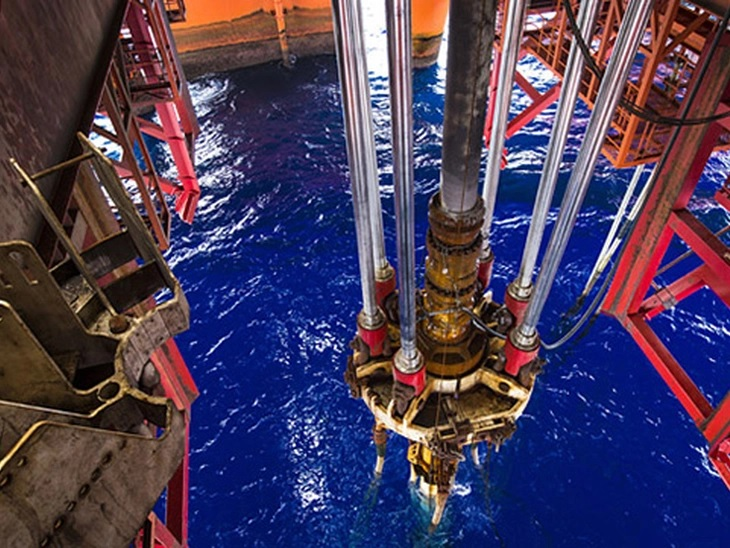ANP will discuss improvements in rules for measuring oil and gas production
T&B Petroleum/Press Office ANP
09/12/2021 15:51

The ANP Board approved today (9/12) the holding of a public consultation, followed by a public hearing, on the revision of the Technical Regulation for the Measurement of Oil and Natural Gas (RTM).
The Technical Regulation on Measurement, prepared by the ANP in conjunction with Inmetro (annex to the Joint ANP/Inmetro Resolution No. 1, of 2013), provides requirements applicable to measurement systems for oil and natural gas production and transportation facilities. These measurement systems have a direct impact on the collection of government participation (such as royalties), on the management of reservoirs, on the operational control of equipment and on natural gas transport contracts.
The purpose of the review is to improve the regulatory cost balance imposed on companies by measurement requirements, reducing or eliminating determinations, without this generating a metrological risk.
In this sense, the main change proposed is the creation of flow categories according to the production characteristics of the field and the reality in which the companies are inserted. Thus, low flow measurement systems (such as marginal fields) will have more flexible requirements, reducing the regulatory costs of low production fields and increasing the attractiveness of investments in this sector. On the other hand, high-flow measurement systems (such as pre-salt fields) will have additional requirements, ensuring greater measurement quality over large volumes and reducing the occurrence of failures or unavailability of these systems.
The proposal was built from a regulatory impact analysis, which identified that the Technical Regulation on Measurement, currently in force, does not significantly differentiate between the requirements required of regulated companies, regardless of production characteristics or the reality in which they are inserted.
The draft resolution also brings other proposals for improvements, fruit of the experience of authorization and inspection of more than three thousand measurement points existing in the country. Some of these changes come from consolidated claims from the companies involved, and others are motivated by the intense technological and metrological evolution that accompanies the sector.



